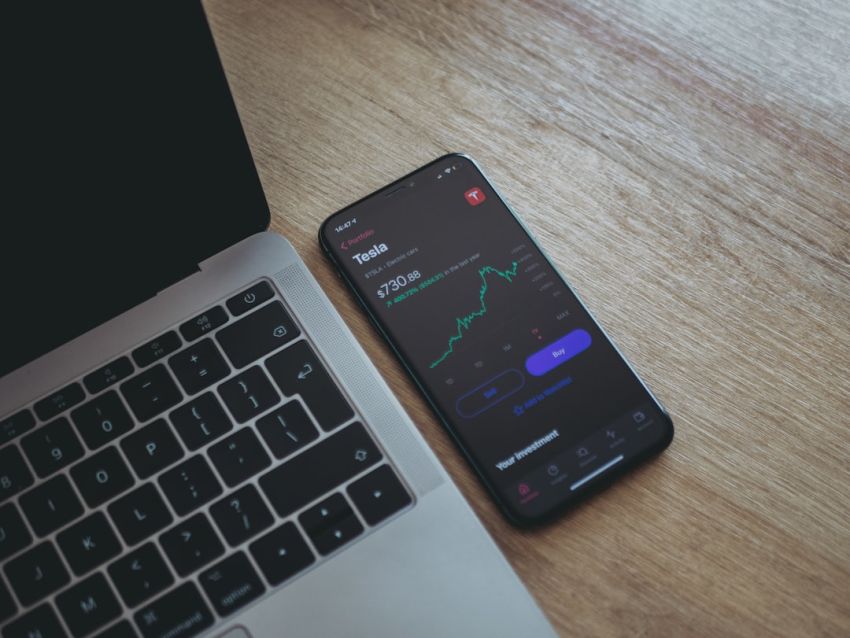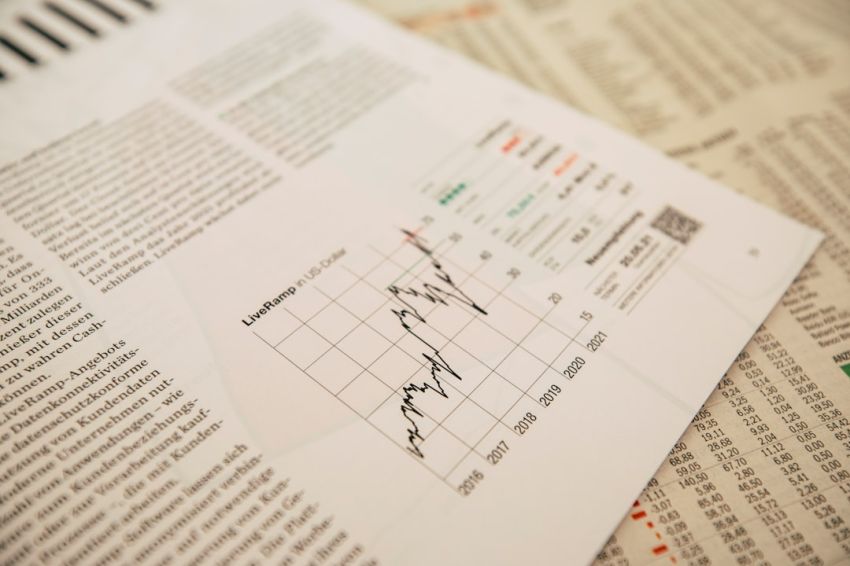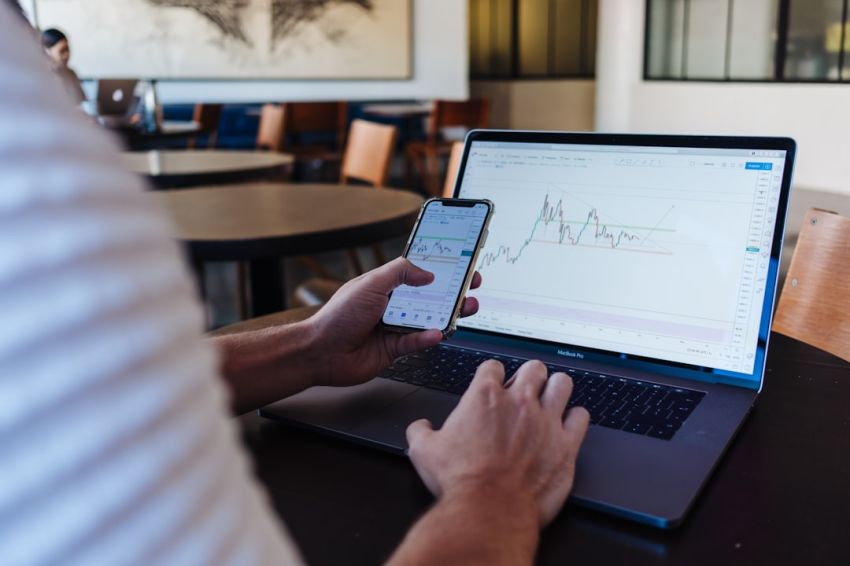Commodity trading has long been a popular investment option for individuals and institutions looking to diversify their portfolios and potentially earn significant profits. However, like any form of trading, it comes with its own set of risks that investors need to be aware of. In this article, we will delve into the risks associated with commodity trading and discuss how traders can navigate them effectively.
Market Volatility
One of the primary risks of commodity trading is market volatility. Commodity prices can be highly unpredictable and can fluctuate rapidly due to various factors such as geopolitical events, weather conditions, and economic data releases. This volatility can lead to significant price swings, making it challenging for traders to accurately predict future price movements.
Leverage
Another risk associated with commodity trading is the use of leverage. Leverage allows traders to control a larger position with a smaller amount of capital, amplifying both potential profits and losses. While leverage can magnify returns in a favorable market environment, it can also lead to substantial losses if the market moves against the trader. Therefore, it is crucial for traders to use leverage judiciously and employ risk management strategies to protect their capital.
Liquidity Risk
Commodity markets can also be subject to liquidity risk, especially in less actively traded commodities. Liquidity risk refers to the difficulty of buying or selling a commodity at a fair price due to a lack of market participants. This can result in wider bid-ask spreads and slippage, which can erode profits and increase trading costs. Traders should be cautious when trading illiquid commodities and be prepared for potential challenges in executing their trades.
Geopolitical Events
Geopolitical events can have a significant impact on commodity prices, making them susceptible to geopolitical risk. Conflicts, trade wars, and regulatory changes in key producing countries can disrupt the supply chain and cause price fluctuations in the commodity markets. Traders need to stay informed about geopolitical developments and their potential implications for commodity prices to make informed trading decisions.
Weather Conditions
Weather conditions play a crucial role in commodity trading, particularly for agricultural commodities. Droughts, floods, hurricanes, and other natural disasters can have a profound impact on crop yields, leading to supply shortages and price spikes. Traders who are active in agricultural commodity markets need to closely monitor weather forecasts and factor in weather-related risks when formulating their trading strategies.
Storage and Transportation Risks
Physical commodities require storage and transportation, which can expose traders to storage and transportation risks. Storage costs, spoilage, theft, and logistical issues can all impact the profitability of commodity trading. Traders need to factor in these additional costs and risks when trading physical commodities and consider hedging strategies to mitigate their exposure.
Regulatory Risks
Commodity trading is subject to regulatory oversight, and changes in regulations can impact market dynamics and trading strategies. Regulatory risks include changes in margin requirements, position limits, and reporting obligations that can affect how traders operate in the market. Traders should stay informed about regulatory developments and adapt their trading strategies accordingly to comply with the rules and minimize regulatory risks.
Managing Commodity Trading Risks
To effectively manage the risks associated with commodity trading, traders should diversify their portfolios across different commodities, employ risk management techniques such as stop-loss orders and position sizing, stay informed about market developments, and continuously evaluate their trading strategies. By being aware of the risks and implementing sound risk management practices, traders can navigate the complexities of commodity trading and strive for long-term success in the market.
In conclusion, commodity trading offers opportunities for profit, but it also comes with inherent risks that traders need to understand and manage effectively. By being aware of market volatility, leverage, liquidity, geopolitical events, weather conditions, storage and transportation risks, regulatory changes, and employing appropriate risk management strategies, traders can enhance their chances of success in the commodity markets. It is essential for traders to stay informed, continuously educate themselves, and adapt to the evolving market conditions to thrive in the dynamic world of commodity trading.










